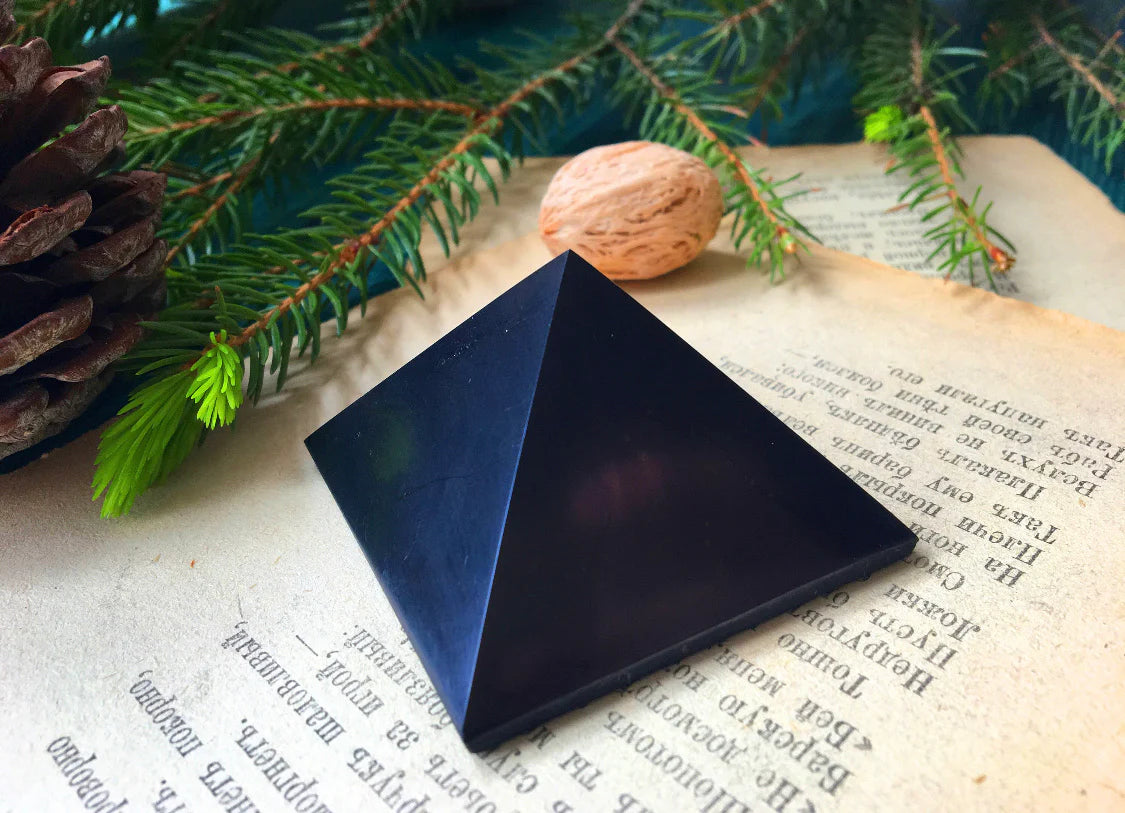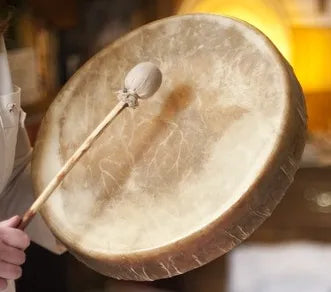Drumming: Physical and Spiritual Benefits
By Dave Green
Want to know more about drumming? Why not pop along to our monthly Sound Healing & Self Expression group.
Drumming is one of the oldest forms of music and communication. It spans cultures, continents, and millennia - from the shamanic rituals of indigenous tribes to modern therapeutic practices, the beat of a drum has been a powerful tool for connection, healing, and expression.
Drumming is an ancient practice with roots in cultures around the world, revered not only for its musical and communal aspects but also for its spiritual significance. The rhythmic beat of the drum has long been recognised for its ability to elevate spiritual vibrations, cleanse auras, and clear spaces of negative energy.
We all have natural rhythm, it is the beat of our heart, the pulse of our blood the very rhythm of how we connect to the world around us and our soul. Taking control of our own internal flow and rhythm helps us to connect better to energies around us –and keep our own vibration and that of our environment high and free from negativity. Drumming helps us to do this in a way that can heal both internally and through changing energies around us.
Understanding Spiritual Vibration
Spiritual vibration refers to the frequency at which an individual’s or a space's energy resonates. Higher vibrations are associated with positive qualities such as love, peace, and joy, while lower vibrations can be linked to negative states like fear, anger, and sadness. Drumming, with its powerful rhythmic patterns, can elevate these vibrations, promoting overall well-being and spiritual harmony.
A Historical Overview of Drumming Across Cultures
1. Africa: Djembe: Originating from West Africa, particularly among the Mandinka people of Mali, the djembe drum is central to many communal and ceremonial events. Its name means "everyone gather together in peace," reflecting its role in unifying communities.
Talking Drums: These hourglass-shaped drums, capable of mimicking the tonal patterns of human speech, were used to convey messages over long distances.
2. Asia: Taiko Drumming in Japan: Taiko drums have been used in Japanese culture for over a thousand years, initially for military purposes and later in religious ceremonies and festivals. Today, Taiko ensembles perform intricate, high-energy pieces that highlight the physicality and coordination of the drummers.
Indian Tabla: In India, the tabla is a prominent percussion instrument used in classical, devotional, and popular music. It consists of two drums played with the fingers and palms to produce complex rhythms.
3. Americas: Native American Drumming: Central to many Native American cultures, drums are used in spiritual ceremonies, healing rituals, and social gatherings. The drumbeat is often seen as the heartbeat of the Earth, connecting the physical and spiritual realms.
Afro-Brazilian Drumming: In Brazil, African slaves brought drumming traditions that evolved into Samba and Candomblé drumming, integral to cultural and religious practices.
4. Europe: Celtic Bodhrán: The bodhrán, a traditional Irish frame drum, is a staple in Celtic music. Played with a tipper, it provides a rhythmic backbone to folk tunes and dances.
Drumming for Physical, Mental, and Medical Benefits
Drumming is not just a musical pursuit; it has profound physical, mental, and medical benefits supported by scientific research.
1. Physical Benefits:
Exercise: Whilst being gentle and able to be done seated or standing, drumming is a full-body workout that improves cardiovascular health, muscle strength, and coordination. The physical act of drumming can burn calories and increase stamina.
Motor Skills: Playing the drums enhances fine and gross motor skills, improving hand-eye coordination and dexterity.
2. Mental and Emotional Benefits:
Stress Relief: Drumming induces relaxation by reducing stress hormones like cortisol. It promotes the release of endorphins, the body's natural painkillers and mood elevators.
Mindfulness and Focus: The repetitive nature of drumming can induce a meditative state, enhancing concentration and mindfulness. It provides a means of expressing emotions non-verbally, which can be cathartic.
Community and Connection: Group drumming fosters a sense of community and belonging. It encourages social interaction, cooperation, and empathy among participants.
3. Medical and Therapeutic Applications:
Neurological Benefits: Research shows that rhythmic drumming can aid in the recovery of brain injuries and conditions like stroke and Parkinson's disease by promoting neuroplasticity and improving motor function.
Mental Health: Drumming is used in music therapy to treat conditions such as PTSD, anxiety, and depression. It helps individuals process trauma, express emotions, and develop coping mechanisms.
Pain Management: The rhythmic nature of drumming can help manage chronic pain by distracting the mind and promoting relaxation.




Leave a comment
This site is protected by hCaptcha and the hCaptcha Privacy Policy and Terms of Service apply.